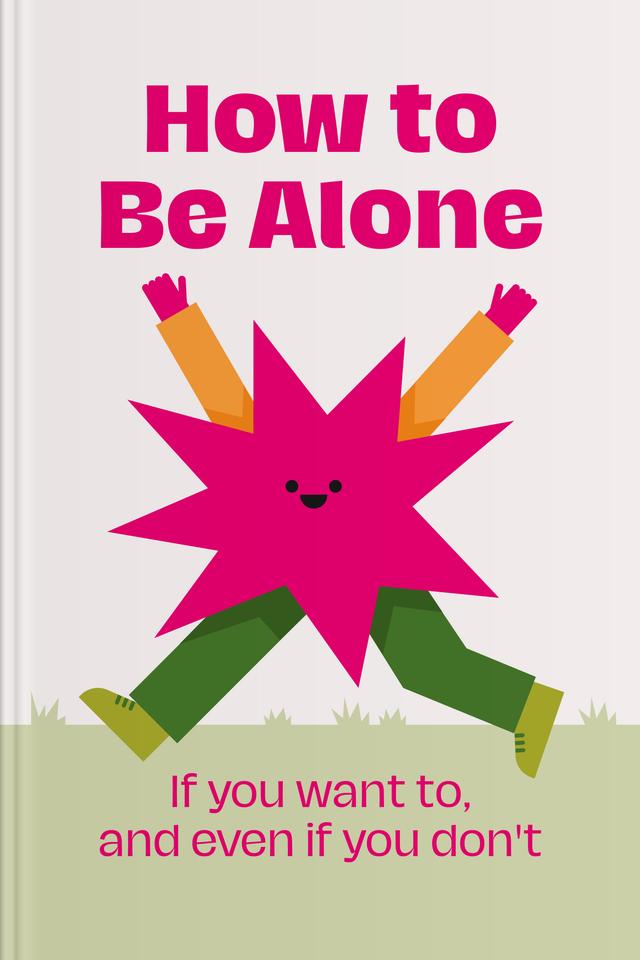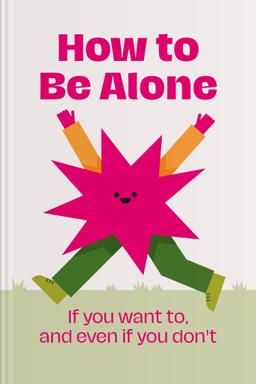You’ll learn
- Why being alone can be a superpower
- How childhood shapes your love life
- The truth behind seeking soulmates
- Strategies for self-love during holidays
russia has launched a full-scale war in Ukraine. Donate to support Ukraine and protect the world’s peace.

first KEY POINT
Lane Moore had a difficult childhood. She remembers calling herself “the asexual offspring of a tree” at one point because, although her parents were there in person, they were not available emotionally. Her father was emotionally abusive to her mother to the point where her mother completely shut down. This left Moore feeling abandoned, scared, and broken by the chain of abuse occurring in her childhood home.Moore recalls a recent visit to the doctor’s where she was asked to fill in a form with an emergency contact. She thought about this for a while and left it blank. It made her emotional to think that she couldn’t automatically identify who to write on that form. She felt she belonged to no one at that moment.
Many people feel this way, and while you always have others around you saying, “I’m here for you if you need me,” how many of them actually mean it? How many truly would be there if they were needed, or would there be a limit to what they could or would do for you?When this happens on a regular basis, it’s easy to become disillusioned and shut yourself off from the world. People haven’t been there for you, so you become untrusting that anyone ever will be. For most people, this begins in early life.
second KEY POINT
Most people who struggle to find belonging or love in their home environment desperately try to create close friendships to make up for that void. It almost becomes an obsession. Lane Moore suggests that children who grew up in a stable home tend to make friends in an easier and more stable way; however, those who had the opposite experience tend to cling on a little too tightly.

Continue reading with Headway app
Continue readingfirst KEY POINT
second KEY POINT
third KEY POINT
fourth KEY POINT
fifth KEY POINT
sixth KEY POINT
seventh KEY POINT